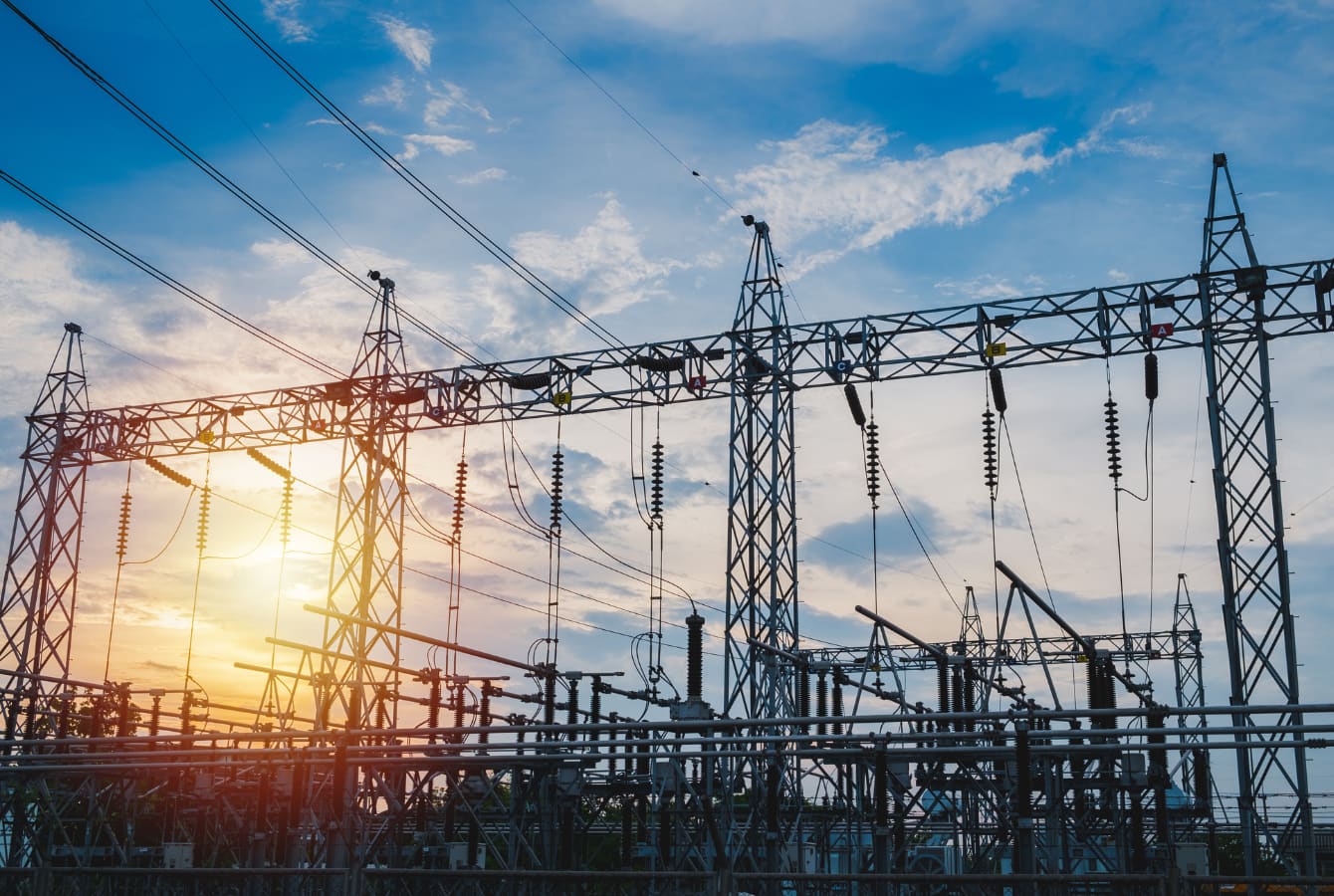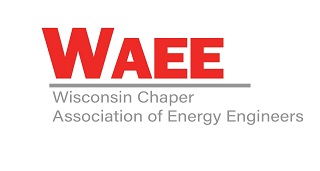
In a process that began nearly two years ago, I was privileged to be asked to support the updating of Wisconsin PSC119, the distributed generation interconnection rules for the state of Wisconsin. The rules define how customer-owned distributed generation may interconnect with the distribution system of electric public utilities.
Wisconsin’s Interconnection Rules
The current rules went into effect more than seventeen years ago in January of 2004. During that period, technology and distributed generation systems have changed substantially, including system sizing, an increase in DC-coupled systems and advancements in storage technologies, resulting in the need to update the rules to modern applications.
Interconnection Rule-Making Timeline
The process was kicked off in February of 2021 with the publishing of a statement of scope in the Administrative Register. This started a 30-month clock for completing the rulemaking process. Later that month, the Legislature’s Joint Committee on Administrative Rules exercised its authority to direct the Public Service Commission (PSC) to hold a preliminary hearing and comment period on updating the rules. Members were solicited for the advisory team in March/April 2021 with formal approval by the Public Service Commission. Team members represented a broad range of interests and understandings of the rules, including large and small utilities, members of academia, energy professionals, energy developers, governmental representatives, the citizen utility board and tribal representatives.
The advisory committee meetings kicked off in May of 2021. Our first meetings established committee structure, procedures, process and elected committee leadership, as well as setting a schedule for future meetings. As part of this process, it was decided to establish two sub-committees: one around administrative aspects of the rules, the other around technical aspects. These subcommittees would report back on a regular basis to the advisory committee, which would then vote on the subcommittee recommendations to be included in the final recommendations to the PSC. All committee appointees were subject to Wisconsin’s ethics and lobbying law. Between subcommittee meetings and advisory committee meetings, we typically met weekly from May 2021 through the summer of 2022.
What Are The New Interconnection Rules Changing?
The administrative subcommittee focused on the contract side of interconnection, i.e., how the interconnection process should flow. One of our goals was to align our process with surrounding states and national standards where possible. Also as noted earlier, the old rules have existed as drafted for over 17 years, so another goal was to future-proof the new rules as much as possible, taking into consideration future trends in distributed generation. The rules also needed to be flexible to recognize and accept these advancements, particularly around energy storage and all its potential operating modes. Other issues addressed included items such as how to handle system sizing when DC generation sources are behind an AC inverter, distributed generation solution categories and aligning insurance requirements. When taking proposed changes into consideration, it was important to understand and balance utility needs with the interconnecting owners’ needs.
The technical subcommittee focused on the physical aspects of the interconnecting solutions. These spanned from how the system electrically interfaces with the utility from a capacity and capability standpoint to how anti-islanding testing should be conducted. The group also reviewed adding more flexibility in telemetry systems based on the ability to move data in many ways that are now available including cellular, copper and fiber, as well as utilizing IEEE 2030.5 as a guide. Again, effort was made to drive to established Institute of Electrical and Electronics Engineers (IEEE) and Interstate Renewable Energy Council (IREC) standards for uniformity.
When Will Changes Take Effect?
The proposed changes have been proceeding through the legislative process. There have been several opportunities for public input on the final proposal, the latest being a virtual hearing of the PSC in November 2022 followed by a comment period into December 2022. These public comments allow the PSC to get input outside of the advisory process. The commission can then take these comments into consideration in the final draft presented to the legislature. It is hoped that final approval and adoption will occur later this summer.
Between the sub-committees and advisory committee meetings, the groups met for about a year. It was an impressive give and take in an open forum, developing solutions that were good comprises between all the parties’ different points of view. It was particularly interesting to see how large utilities and small utilities looked at things from different perspectives. It was also refreshing to see how a body with many differing, strong opinions could work together as a group to make solid, informed recommendations. We look forward to learning their findings.
Thank you for checking out the EnTech Solutions blog. To stay up to date with technologies, developments and trends about clean energy, please subscribe.








